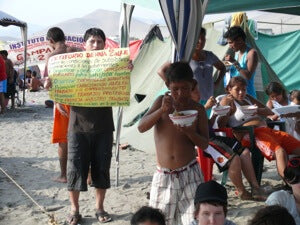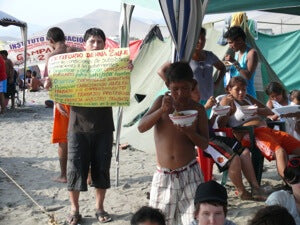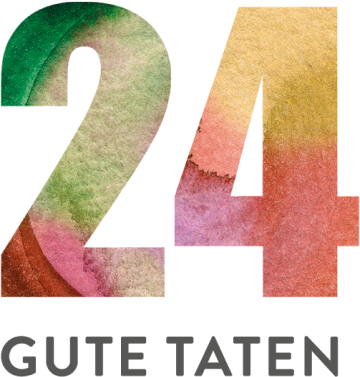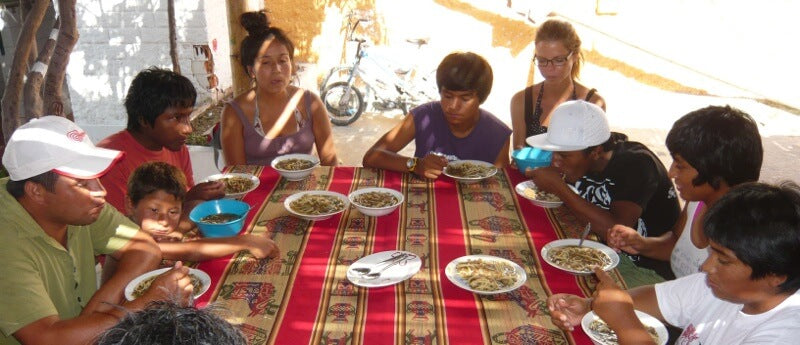
Street children in Peru

need
Nutrition and education for children and young people living on the streets in Lima, Peru.
activity
The NGO buys food for the street children's meals. They live in the facility, receive care and can go to school. Sports and creative activities are offered.
Measurable performance
Number of street children who were able to receive a warm meal
Result
Measurable decline in drug-addicted children
Systemically relevant impact
Peruvian society is more concerned with the problem of street children and there is greater support for them.
background


The good deed
AboutPeru
Lima
Capital city
30814175
Population
$6,659.81
Gross domestic product
per capita per year
77
Human Development Index
(Human Development Index)




